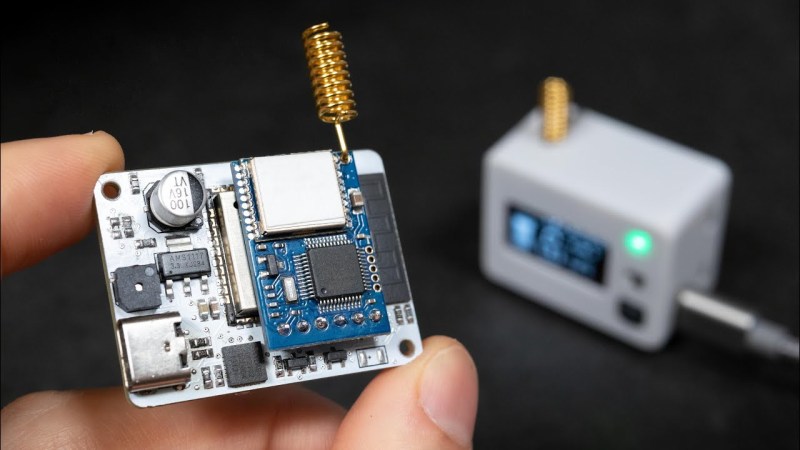
[Elite Worm] had a problem; there had been two minor burglaries from a storage unit. The unit had thick concrete walls, cellular signal was poor down there, and permanent wiring wasn’t possible. He thus set about working on a burglar alarm that would fit his unique requirements.
An ESP32 is the heart of the operation, paired with a long-range LoRa radio module running at 868 MHz. This lower frequency has much better penetration when it comes to thick walls compared to higher-frequency technologies like 4G, 5G or WiFi. With a little coil antenna sticking out the top of the 3D-printed enclosure, the device was readily able to communicate back to [Elite Worm] when the storage unit was accessed illegitimately.
With an eye to security, the device doesn’t just warn of door open events. If signal is lost from the remote transmitter in the storage unit, perhaps due to an advanced adversary cutting the power, the alarm will also be raised. There’s still some work to be done on the transmitter side, though, as [Elite Worm] needs to make sure the door sensor is reliable under all conditions.
Many put their hardware skills to work in service of security, and we regularly see proprietary alarm systems modified by enterprising hackers. Video after the break.
0 Commentaires